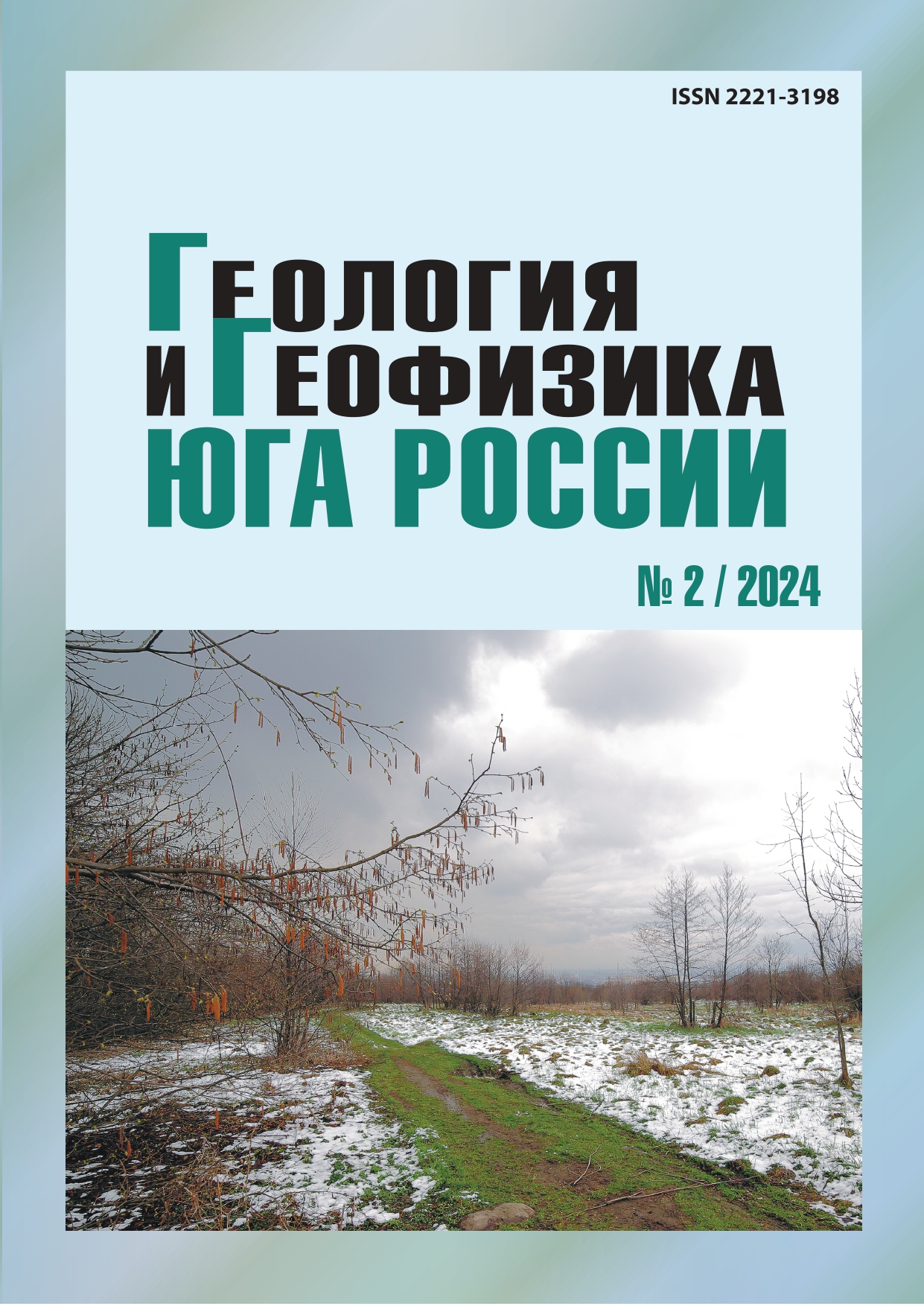Dynamics of agroclimatic indicators of steppe landscapes of the North Caucasus according to ground observations
Abstract
Relevance. According to the reports of the Intergovernmental Panel on Climate Change (IPCC), climate change is manifested not only on a global scale, but also at the regional level. Changes in temperature and precipitation regimes undoubtedly affect the agroclimatic indicators of the territory. One of the leading industries in the North Caucasus region is agriculture, which is quite dependent on climatic conditions and their variability. Since the steppe landscapes of the North Caucasus are the most popular in crop production, occupying 40% of the entire territory, the research topic is of not only scientific, but also practical interest. Aim – assessment of modern agroclimatic conditions of steppe landscapes of the North Caucasus. Tasks – based on traditional methods used in agrometeorology, process statistical material, summarize and interpret the results, draw reasonable conclusions about the dynamics of agroclimatic indicators against the backdrop of a changing climate. Materials and methods. To assess agro-climatic conditions, traditional agro-climatic indicators were used, such as the sum of average daily air temperatures for the period of a calendar year with an average daily temperature exceeding 0, 5 and 10° С; dates of stable transition of the average daily air temperature through 0, 5 and 10°C in spring and autumn; average temperature of the coldest and warmest months of the calendar year, Selyaninov hydrothermal coefficient (HTC). The processing of the material was carried out by methods of mathematical statistics using Excel spreadsheets. Processed data on temperature and precipitation in the period from 1961 to 2020 for 10 meteorological stations. Results. The annual temperature increased by 0.98oC. The sums of active temperatures exceeding 5 and 10°C increased to 10 and 16%, respectively. Winters have become milder and summers hotter. Precipitation increased by an average of 72 mm. The value of the HTC corresponds to such landscape zones as steppe and forest-steppe. Conclusions. The observed climate changes in the steppe landscapes of the North Caucasus contribute to the improvement of heat and moisture conditions.


